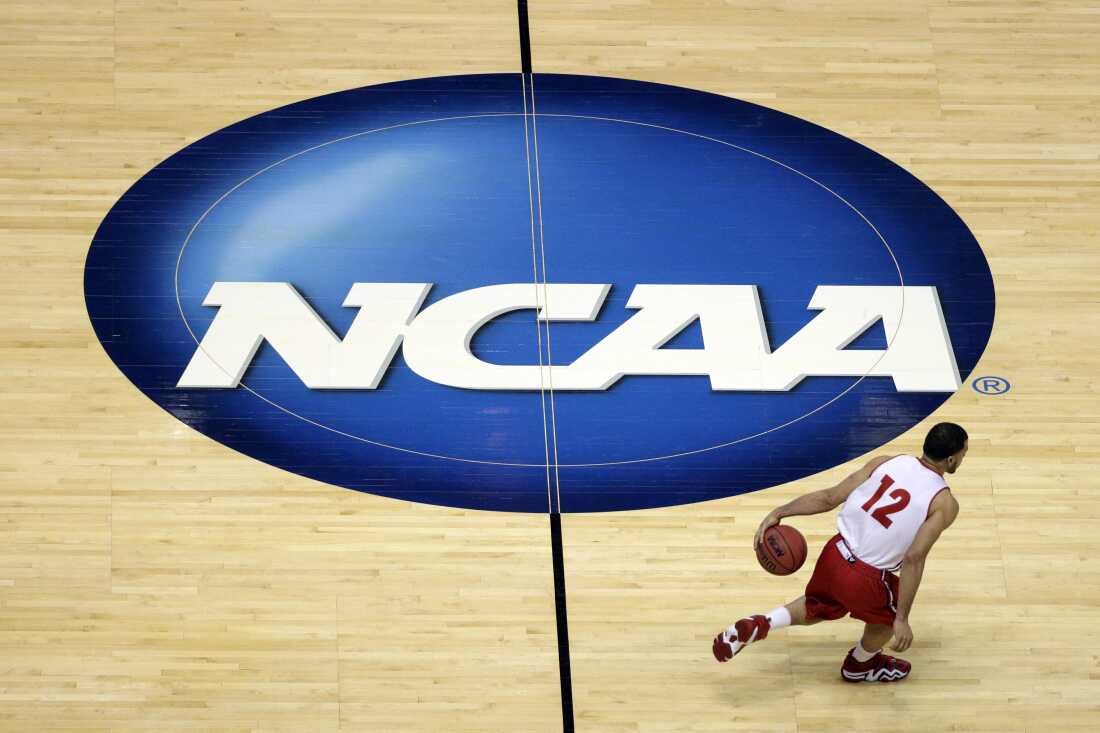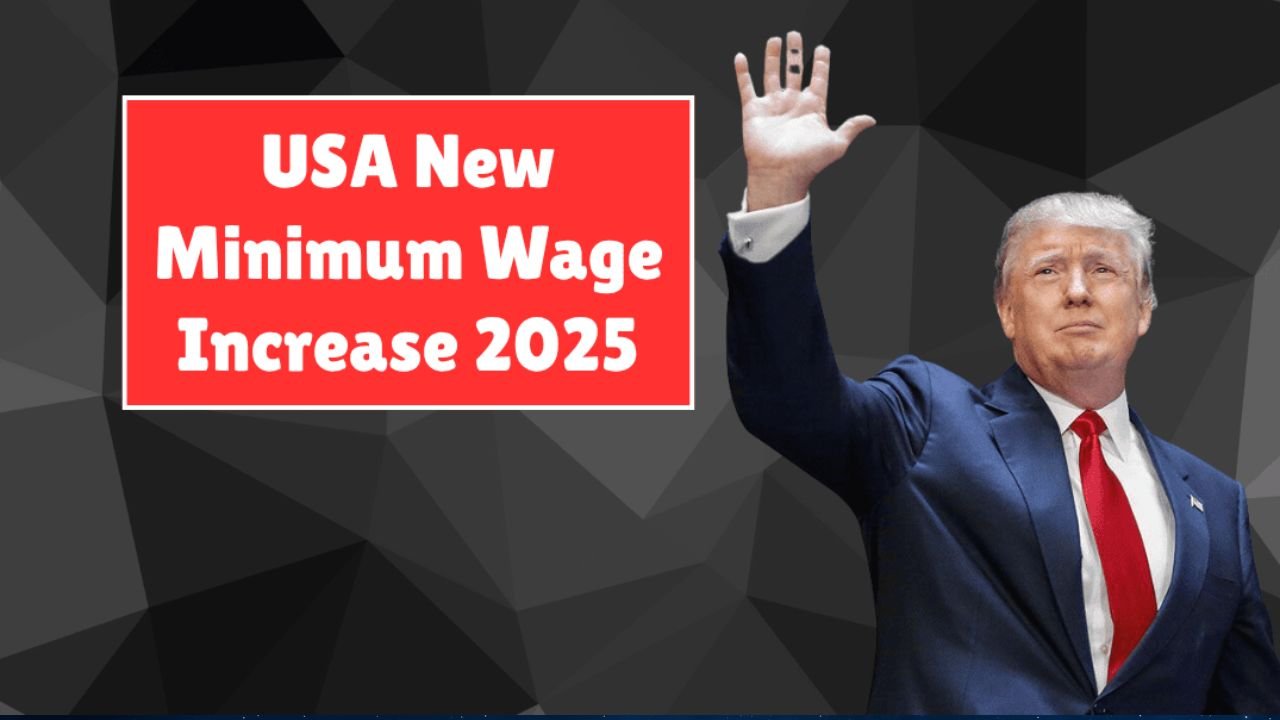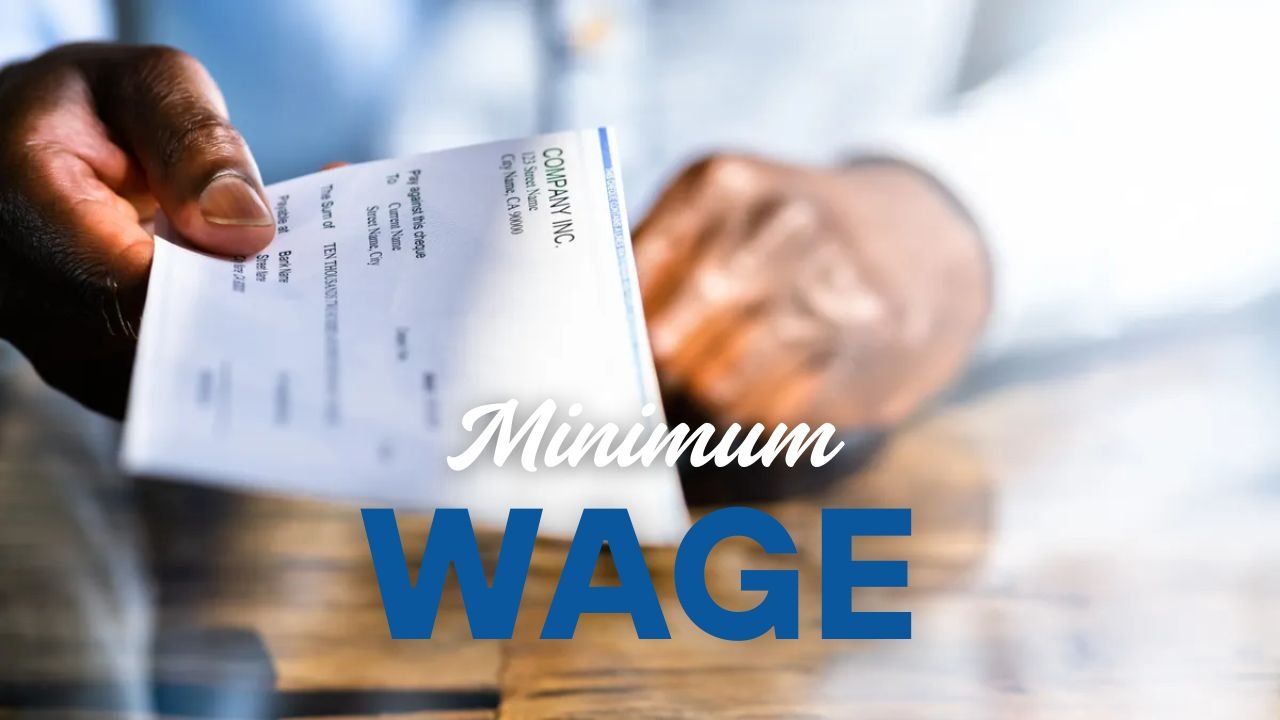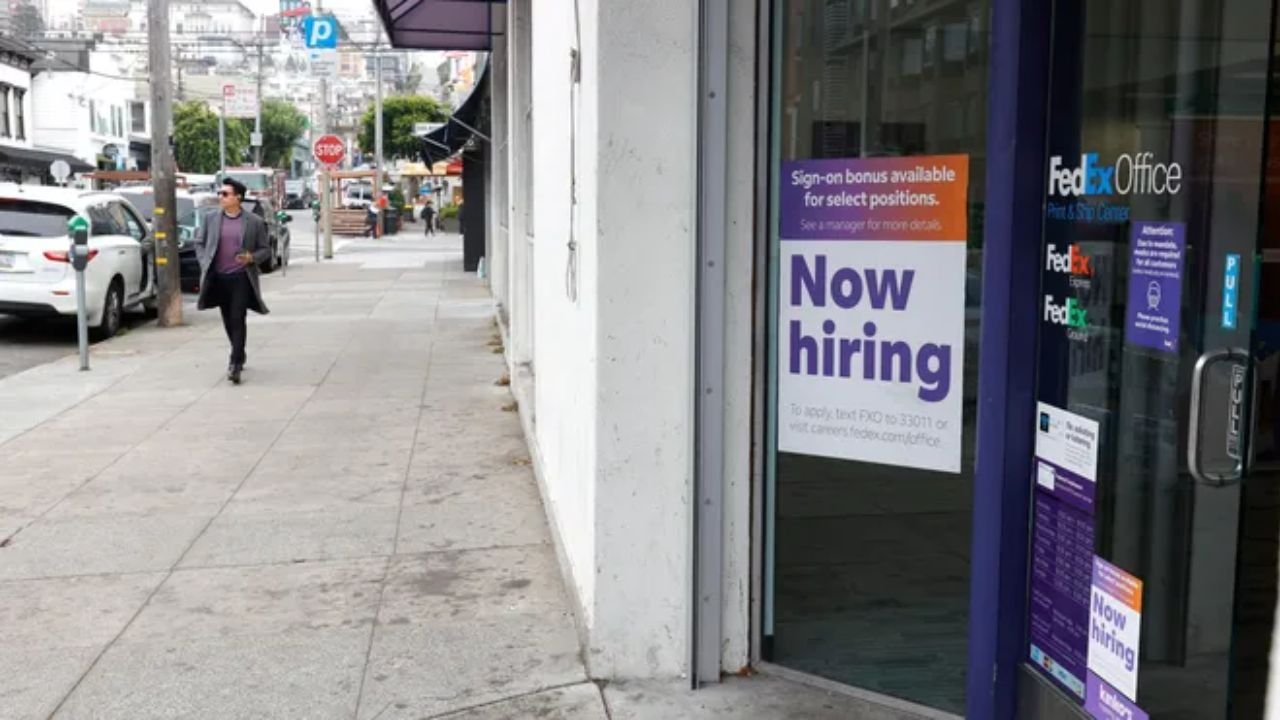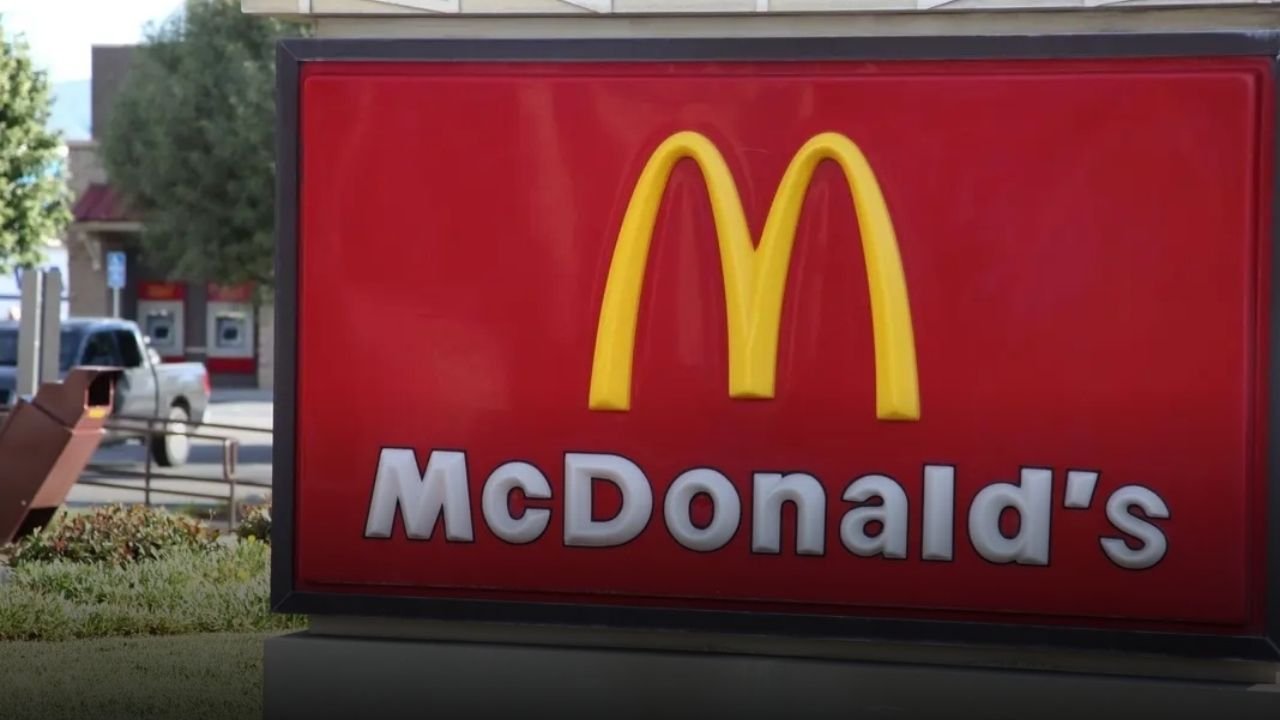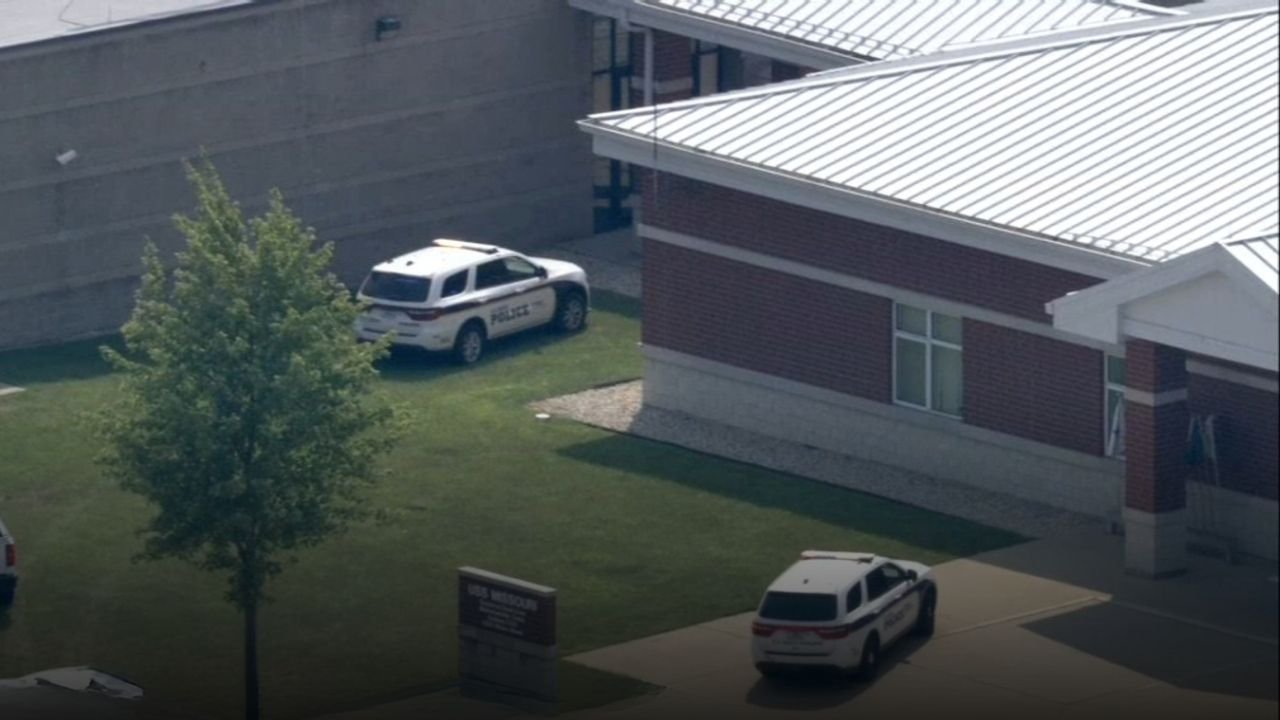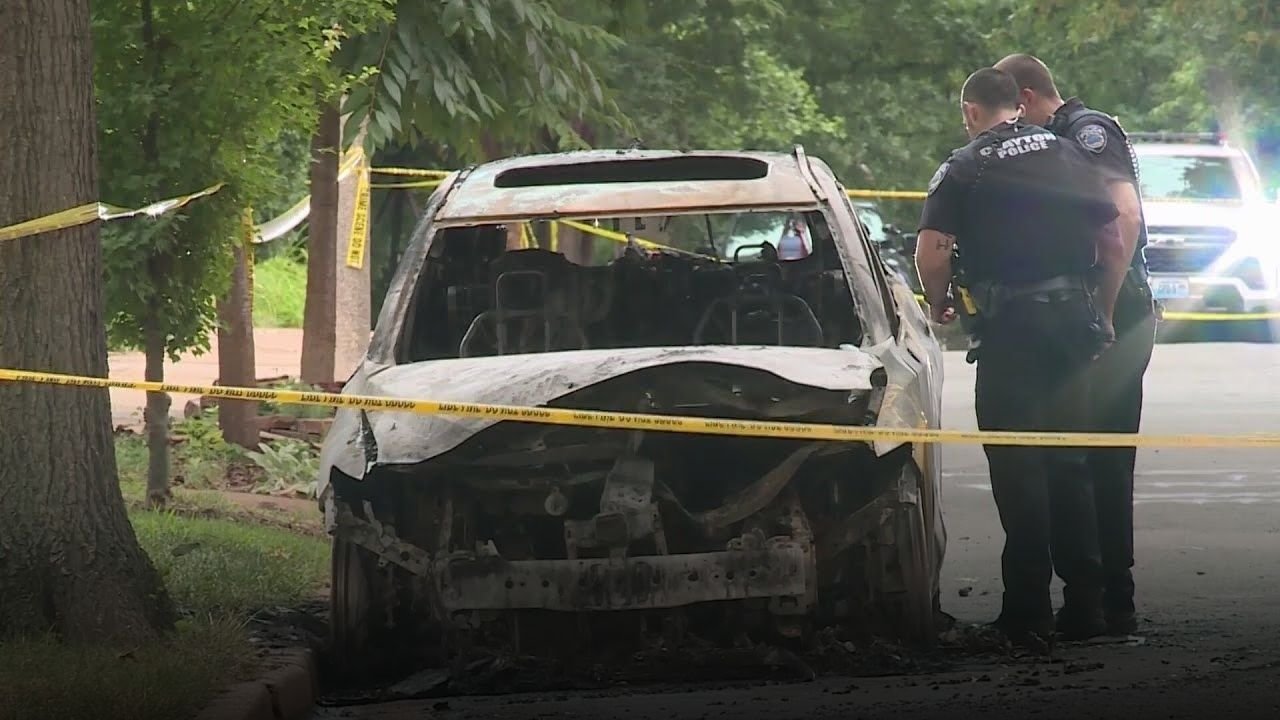CHICAGO — The NCAA has formally approved a sweeping legal settlement that will radically transform the financial model of college sports, allowing Division I athletes to receive direct compensation and shifting power over money-related rules to conferences.
The announcement came through a letter from NCAA President Charlie Baker, sent to member schools late Thursday, as reported by multiple sources including screenshots of the official memo.
“Together, we can use this new beginning to launch college sports into the future,” Baker wrote.
What the Settlement Does: From Chaos to Clarity
For years, the NCAA struggled to enforce fragmented NIL rules, leading to inconsistent benefits, mounting lawsuits, and school confusion. Now, with court approval of the House settlement, a clear and enforceable framework has been adopted:
-
Division I schools will be allowed to provide direct financial benefits to student-athletes.
-
New rules to regulate third-party NIL deals will be created and enforced by conferences, not the NCAA.
-
A cap of 22.5% of athletic department revenue (approx. $20.5M/year per school) will guide annual athlete compensation.
-
Nearly 50% of total revenue may now be shared with student-athletes through pay, scholarships, and other benefits (On3 NIL report).
Who’s in Charge Now? Conferences Take Over Financial Oversight
Under the terms of the agreement, the defendant athletic conferences — such as the SEC, Big Ten, and others — will now oversee:
-
Design and enforcement of financial distribution caps
-
Monitoring of third-party NIL contracts
-
Education programs for athletes about compensation options
The NCAA will no longer regulate direct payments, allowing it to focus instead on core governance duties like eligibility, academic standards, and recruiting rules, as confirmed in USA Today’s coverage.
NCAA Will Fund Damages, Overhaul Governance
The NCAA agreed to finance the back damages from the House case — essentially repaying athletes retroactively for previous NIL restrictions. Meanwhile, member schools and Division I leaders will work with the NCAA to reform governance by:
-
Reducing the number of NCAA committees
-
Replacing scholarship limits with roster limits
-
Expanding access to women’s scholarships
-
Increasing student-athlete voting power on key issues (ESPN analysis)
Student-Athletes Gain Historic Representation
A major shift in the new system is that student-athletes will now have direct influence on NCAA decision-making, including voting rights on policy committees.
The letter also confirms that the settlement provides legal protection for the next 10 years, shielding the NCAA from further litigation on these issues and allowing long-term policy stability (Yahoo Sports).
Challenges That Still Remain
President Baker also noted unresolved legal and political pressure points, including:
-
Efforts to classify athletes as employees, which the NCAA strongly opposes
-
State-level laws that conflict with NCAA guidance
-
The need for federal legislation to create uniform NIL rules
Baker warned, “Only Congress can adequately address these open issues” (USA Today).
Do you think student-athletes deserve direct pay from their schools?
How do you feel about athletic departments sharing up to 50% of revenue with players?
Join the conversation in the comments at ChicagoSuburbanFamily.com.

